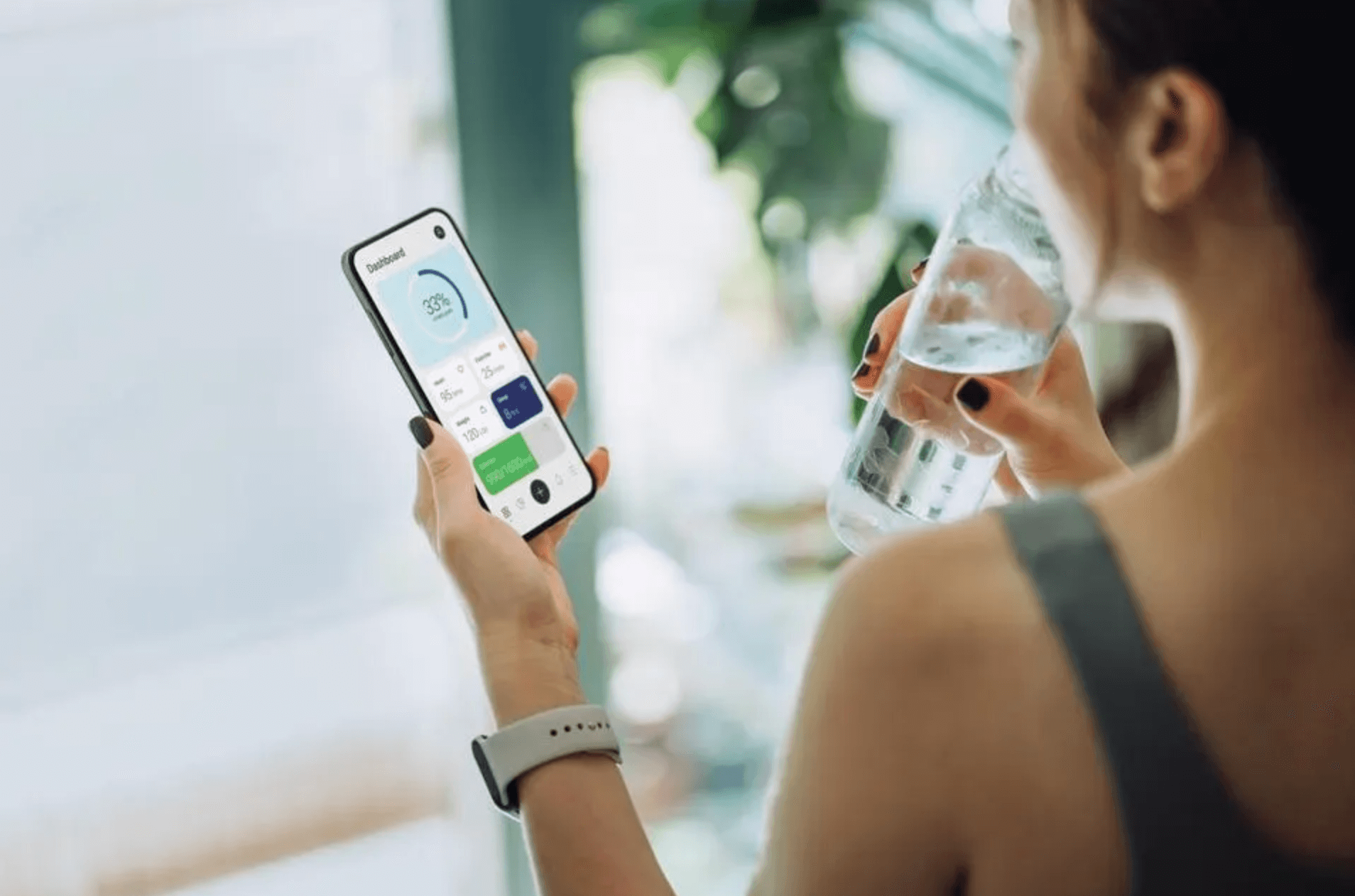How it works
Learn about how Vheda Health improves health equity and access to care.

CEO and co-founder of Hologram, a global cellular platform for IoT.
Medicine has long been driven by data, from making diagnoses to prescribing treatments. Now, healthcare is taking a major step forward in the collection and analysis of high-quality data, thanks to the power of artificial intelligence (AI) and the Internet of Things (IoT).
IoT can be thought of as a device (or a network of devices) that connects to the internet, allowing data to be sent to whoever needs to use it. On a grand scale, the IoT consists of billions of devices and sensors—such as across a supply chain—that transmit a continuous stream of data. For business leaders in every industry, access to better, more accurate and real-time data enhances decision-making.
This same premise applies in healthcare IoT, which can keep patients connected to their care providers after they leave the doctor’s office or are discharged from the hospital. There are multiple applications, such as continuous blood glucose monitoring, CPAP use to treat sleep apnea, and transmission of vital patient data from the ambulance to the hospital—just to name a few examples.
The global market for portable and remote patient monitoring has been increasing steadily. According to one research report, it is expected to expand by a single-digit compound annual growth rate from 2020 to 2027, reaching nearly $43 billion worldwide. In addition, more than half (53%) of U.S. hospitals have a remote patient monitoring system.
As healthcare IoT makes more in-roads, there is greater potential for improved healthcare outcomes for the patient. Care could also become more cost-effective, thanks to early detection and intervention to prevent costly emergency room visits and unnecessary hospitalization.
The Telehealth Explosion
The Covid-19 pandemic quickly accelerated innovation in the delivery of goods, services and solutions. The same ramp-up in innovation occurred in healthcare with the explosion in telehealth since the pandemic began.
Providers connected with patients via videoconference and used remote monitoring to avoid in-person doctor’s office visits to avoid a potential contagion risk. This transition was further supported by insurance payers, including the Centers for Medicare & Medicaid Services (CMS), which issued waivers that would allow payment parity for care delivered in-person or via telehealth.
Post-pandemic, virtual care will likely continue to be a mainstay. With greater acceptance by physicians and patients, alike, many office visits for routine follow-up and feedback could be eliminated. As telehealth expands, hospitals, physicians and other clinicians will likely turn to healthcare IoT applications to monitor, collect and analyze patient data in real time.
One example is Vheda Health, which uses its digital chronic management platform to manage high-risk, high-cost patients who are covered by Medicaid and Medicare. Its customized remote monitoring seeks to increase patient compliance in managing their chronic conditions, such as hypertension, diabetes, congestive heart failure, asthma and COPD.
Current Health, for example, specializes in remote patient monitoring for home health patients, such as those with chronic diseases or who have been discharged from the hospital and need ongoing care. (Full disclosure: Current Health is a client of Hologram.) Working with our cellular platform, Current Health deploys IoT sensors that transmit data via cellular networks. This adds a layer of data security and provides greater connectivity, especially for patients who live in rural areas or do not have reliable Wi-Fi in their homes.
Remote monitoring using wearable sensors could also prove beneficial in augmenting ongoing care during pregnancy. For example, smart technology could enable alerts for changes in maternal and fetal health in high-risk pregnancies and could also help monitor pregnant women in rural environments who have limited access to care.
In addition, continuous monitoring via sensors and IoT could improve care delivery and quality of life for diabetic patients. This is crucial to avoid deterioration of patient health, which could impact the patient’s eyes, internal organs, nerves and other parts of the body. Similarly, improved monitoring and patient support could help manage the health of patients with chronic obstructive pulmonary disease (COPD), potentially avoiding complications and hospitalizations.
Wearing an IoT device to gather medical data could raise questions for patients, such as who has access to the data and how it is being used. Just as patients review HIPAA compliance with their doctors for in-person visits, they should also ask how data collection is handled according to privacy and security standards.
For individuals with serious or chronic conditions, however, wearing a device to improve health monitoring in real time should provide peace of mind. In fact, a sensor that collects vital signs is not all that different from wearing a fitness tracker or an Apple Watch, which has become a device with medical applications, such as detecting heart arrhythmias.
Big Data And Better Decisions
Healthcare IoT also reflects a greater dependence on big data—combining both internal and external data from numerous sources—to enhance decision-making. A recent Capgemini survey, for example, found that the majority of companies consider data to be an “essential factor of production,” equal in importance to land, labor and capital.
The same can be said for big data and healthcare decision-making, both to optimize care for individual patients and to improve population health. As we look to the future, we can foresee greater advancements in the medical field, thanks to the collection of more accurate and relevant real-time data.